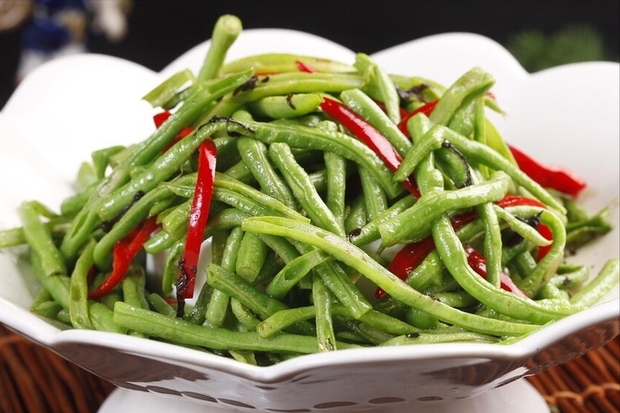Ding Ding, a 17-year-old from Shandong (China), dropped out of high school and started a small business in Hangzhou (China) with her family. Being the only daughter, she was dearly loved by her parents who spared her from household chores. However, with her parents recently falling ill, they rushed back to the countryside to take care of them.
Ding Ding didn’t know how to cook and felt uncomfortable eating out, so she considered preparing her own meals. Wanting to both lose weight and eat healthily, she thought that original dishes would be the best choice. Without hesitation or cooking, she ate directly two cucumbers and half a kilogram of raw beans available at home with soy sauce.
Within half an hour, Ding Ding began to experience severe stomach pain, chest tightness, nervousness, numbness in her limbs, and dizziness after just a few steps. She quickly called her boyfriend, who rushed her to the Emergency Department of the First Affiliated Hospital of Zhejiang University School of Medicine (China).
After a stomach wash and electrolyte supplementation, following surgery, Ding Ding’s uncomfortable symptoms significantly reduced, and the alarming poisoning condition disappeared.
Dr. Lu Yuan Cung, Head of the Emergency Department at the First Affiliated Hospital of Zhejiang University School of Medicine (China), explained that beans contain toxins such as saponin, hemagglutinin, and sapogenin, which break down from saponin and can strongly stimulate the gastrointestinal mucosa, causing local congestion, swelling, inflammation, and even nausea, vomiting, and abdominal pain.
The high hemagglutinin content in legumes, discovered by humans because it can agglutinate red blood cells and cause blood clotting, can bind to specific parts of the surface cells of the small intestine, affecting its function and causing poisoning symptoms. Leaving beans for a long time can also generate nitrites, which can also cause poisoning.
Note when eating legumes
Known as the “national vegetable” due to its nutritional value and delicious taste, legumes should be eaten. However, before eating, be sure to cook them thoroughly. Dr. Lu emphasized the importance of choosing softer and easier-to-cook legumes when purchasing. Another critical step is to soak the beans in boiling water for 5 to 10 minutes before cooking, which can completely eliminate toxins in the beans.
Also, remove the husk (fiber) at both ends of the beans as these parts contain toxins and aren’t palatable. Whether sautéed, stir-fried, deep-fried, stewed, or boiled, beans should be heated until they lose their initial green color and when there’s no longer a bean-like odor; the cooking time shouldn’t be shortened due to color or crispiness.

One noteworthy point is that if sautéed at high temperatures, even though the oil temperature is very high, it’s easy to heat unevenly, especially when cooking large quantities (for example, at banquets). It isn’t easy to cook, and it can easily poison many people; it must be thoroughly heated and cooked!
If the poisoning is not severe and recent, causing mild symptoms, you can stimulate the root of the tongue with your fingers or chopsticks to induce vomiting, and drinking plenty of warm water might cause self-induced vomiting. Severe poisoning cases need to be taken to the hospital for immediate treatment












